
Can You Put a Tent in the Dryer Safely?
Can You Put a Tent in the Dryer Safely? Published February 4th, 2023 by Allen Campbell Well, it’s no secret that a tent is a
Published May 28th, 2022 by Allen Campbell
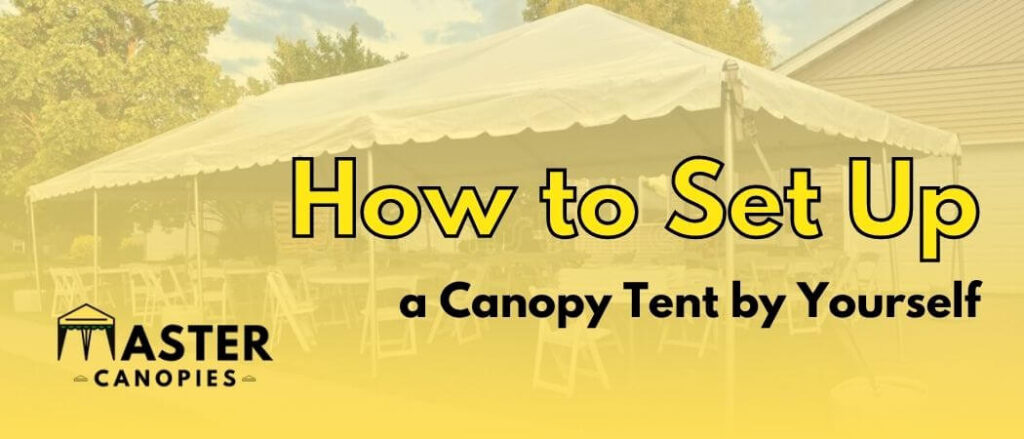
Whether you’re camping, hosting a party, or need some extra shade, a canopy tent is the perfect solution. If you’re like me, then you hate waiting around for someone to help you set up a canopy tent. So, one day I decided to try setting it up myself and that worked out really well!
There are a lot of people who think that setting up canopy tents is a difficult task, but it’s actually quite easy once you know how. In order to finally put an end to this long standing misconception, I decided to write a step-by-step guide on how to set up a canopy tent by yourself in just a few minutes.
If you didn’t understand the user manual of your canopy tent, don’t worry, because I’m going to simplify it for you. You just have to follow these simple steps below and you’ll have your canopy tent up in no time:
First I need you to prepare all the required components needed to install the canopy tent. Usually, the company provides the carry case to carry all the components, so it will be easy to move everything to the spot where you will be setting up the tent.
Once you reach the spot, open the carry case and take out all the components. Check everything against the user manual to get the surety that you have all the components needed.
Before you start the process of setting up the tent, check your surroundings to make sure that the area is free of any sharp objects or debris that could potentially damage the fabric.
Choose the spot where the surface is level and flat. Open the canopy legs by spreading them out to the side. If you have accordion-like frame, then extend each leg to the required length but don’t increase the height of legs.
Be sure to extend all four legs equally wide so that the tent remains balanced. Allow the gap of at least 12 inches in between each leg.
Next, you’ll need to add the roof of your canopy tent. Start by connecting the roof from each corner, and then secure it in place with velcro. Some brands give the option to use snaps or ties instead. So, choose accordingly. Once the roof is in place, extend the height of the legs to your desired level.
Now that you have the canopy in place, it’s time to secure it from inside. The canopy has brackets to secure it from the roof and legs that can ensure a tight grip.
Make sure you tighten the roof brackets and raise it until there’s an audible click from within. You can perform this by pushing the roof up from the inside. Now it’s time to push the brackets of legs, so go inside and extend it until you hear a click.
Doing so will ensure that your canopy is properly secured and won’t collapse unexpectedly.
Now you are very close to the end prize! It’s time to raise the legs of your canopy tent until they’re at the desired height. There are between four and six holes on each leg of the tent. These can be used to adjust your canopy’s height by pushing up until it reaches a desired level, then sliding back down again when done adjusting!
With the ease of springs present in holes, the process of adjusting the height becomes a breeze. But some models don’t have springs in holes. In that case, you have to use clips that go in the hole to set the height.
In a strong wind, your canopy tent could potentially topple over, so it’s important that you take the necessary precautions to prevent this from happening.
One way to do this is to use ropes or weights to tie down each leg of the canopy. Any method will work perfectly as long as it can keep the legs securely in place.
If you’re looking for a quick and easy way to set up a shelter, a pop up canopy tent is a great option. They’re easy to assemble and don’t require any tools, so they’re perfect for taking on the go.
Plus, they’re a great way to protect you from the harmful rays of sun heavy rainfall. When shopping for a pop up canopy tent, be sure to consider the size, weight, and features that you need. And don’t forget to pack some stakes and guy lines to keep your tent secure in windy conditions!
Shady canopy is the best way to protect your family from the harmful UV rays of the sun. They are made with high-quality materials that diffuse the sun’s rays, so you can enjoy your outdoor space without worries about skin issues. These types of canopy are usually CPAI-84 compliant and provide UPF 50+ protection from the sun.
There are many different ways that you can use a garden canopy. For instance, you can secure the delicate plants from harsh sunlight by creating a shaded area. Alternatively, you might use it to provide temporary shelter at outdoor events like barbecues and parties.
It’s a perfect canopy for large outdoor gatherings and also, you can find them in different sizes and styles to suit your needs! Also, they have a variety of uses such as a sunshade, a rain shelter, or even a temporary storage area.
Yes, but there are many canopy tents by some brands with cheap quality that do not feature the tent as 100% waterproof. In that situation, it’s always a good idea to invest in a canopy with a water-resistant top.
The material of water-resistant canopy tops help to shed water, instead of absorbing it. In result, they offer much better protection against the elements like winds, snow, rain, etc.
Many of the people often use “canopy” and “tent” interchangeably without realizing the actual difference between them.
Canopies means it is a structure with an open framework which is covered with some cloth material like nylon or polyester and provides shade or shelter from the sun, rain, and wind. It is often used in outdoor events.
On the other hand, a tent is also a kind of shelter made of some waterproof material like vinyl or canvas but it has solid walls which provide privacy and protection against the elements. It is used for overnight accommodations.
Generally, the canopy tents are not meant to be washed in the washing machine. However, some users have reported that they were able to wash their canopy tents successfully in the washing machine, but it is important to check the manufacturer’s recommendations first.
Any damage to the canopy could result from over-mechanized scrubbing or bleach applications, so it is important to follow the instructions carefully.
One way to remove mildew is by making homemade solution of water and vinegar then apply it to the mildew areas. Let it rest for a couple of minutes before scrubbing the area with a brush or sponge. Wash it with the help of a hose pipe but make sure to keep the pressure low so that your canopy doesn’t get damaged by high pressure water.
If you put away your canopy wet, it can cause damage to the fabric. If your home is in an area with high humidity, mildew can grow on your canopy and cause it to rot.
On the other hand, if you live in an area with low humidity, the water can freeze and crack the tent. So, it will be better for you to keep the canopy in a cool and dry place and that way you will be able to use it for a longer time.
Canopy tents are a perfect way to enjoy any type of event, whether it’s a family picnic or a large festival. They provide shade and shelter from the sun or rain, and they can be set up in just a few minutes by one person.
In this blog post, I’ve provided step-by-step instructions on how to set up a canopy tent by yourself, as well as some tips for choosing the right canopy tent for your needs. I am sure that you will definitely learn something new from this post.
If you have any cool tips for setting up a canopy tent then don’t forget to share them in the comments below!

Allen is a full time writer at Mastercanopies.com and enjoys traveling around the United States and exploring nature. He enjoys writing about canopies as he believes they are extremely crucial in having a successful camping trip whether it be a trip to the beach, mountains, or the open plains.

Can You Put a Tent in the Dryer Safely? Published February 4th, 2023 by Allen Campbell Well, it’s no secret that a tent is a
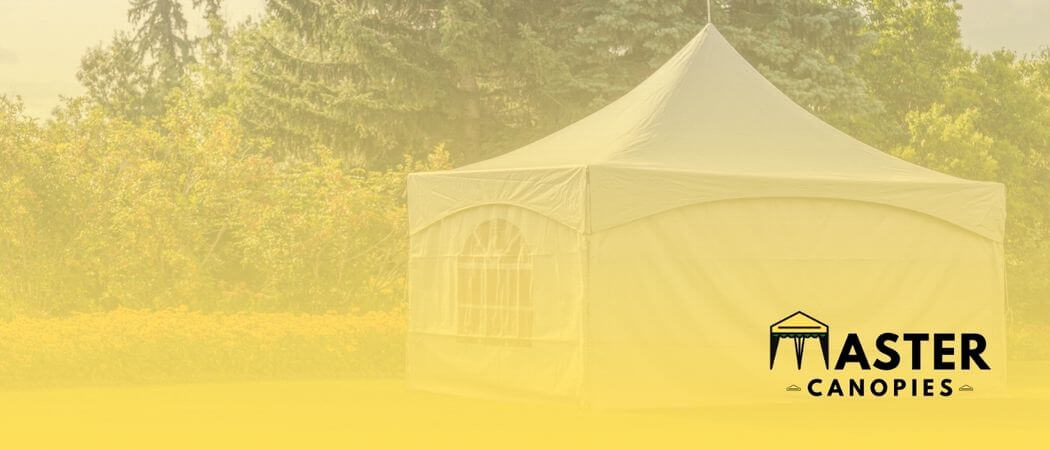
How to Print on a Canopy: How to Print Custom Images/Logos Published February 4th, 2023 by Allen Campbell Do you want to print something special
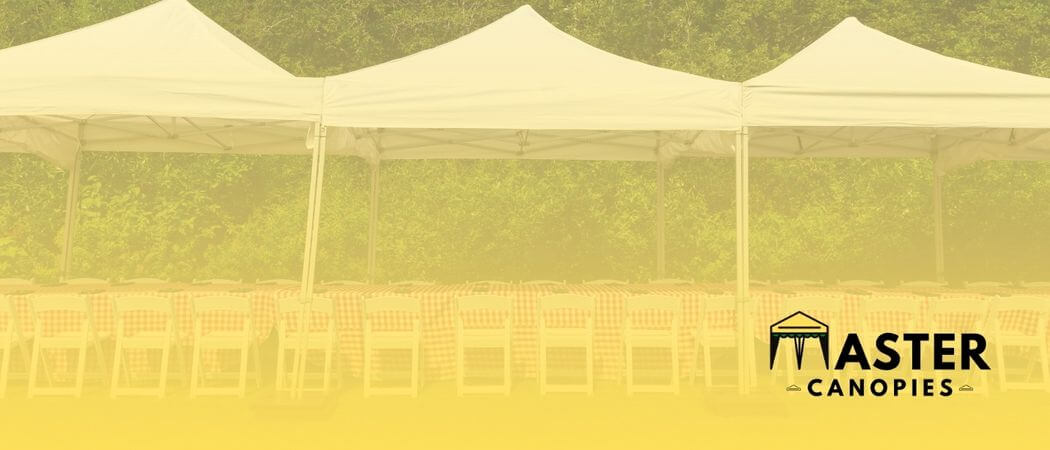
How to Choose the Best Outdoor Event Flooring for your Next Celebration Published January 31st, 2023 by Allen Campbell Planning an outdoor event can be

How to Insulate a Tent for Winter and Keep Warm Published February 3rd, 2023 by Allen Campbell Is your tent the last frontier when it
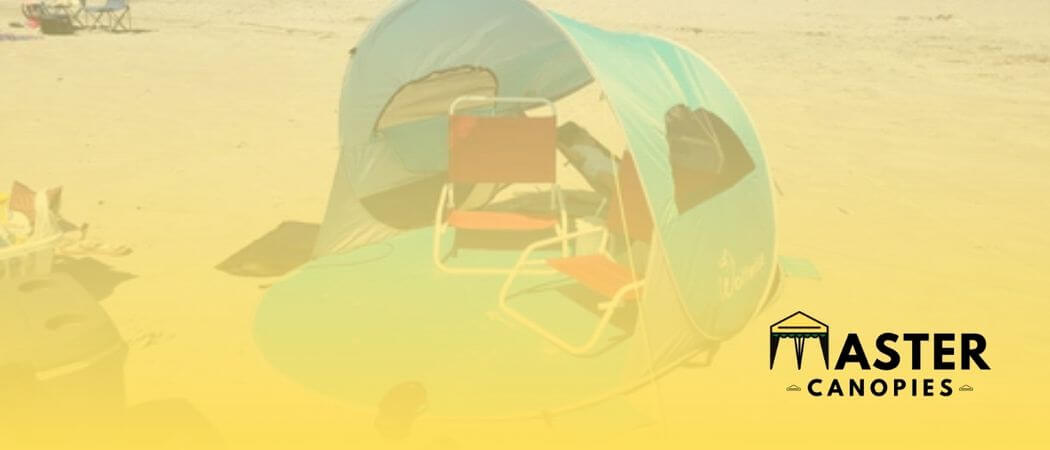
Wolfwise Beach Tent Review: Should You Buy It? Published January 23rd, 2023 by Allen Campbell Are you planning a beach vacation but don’t know exactly
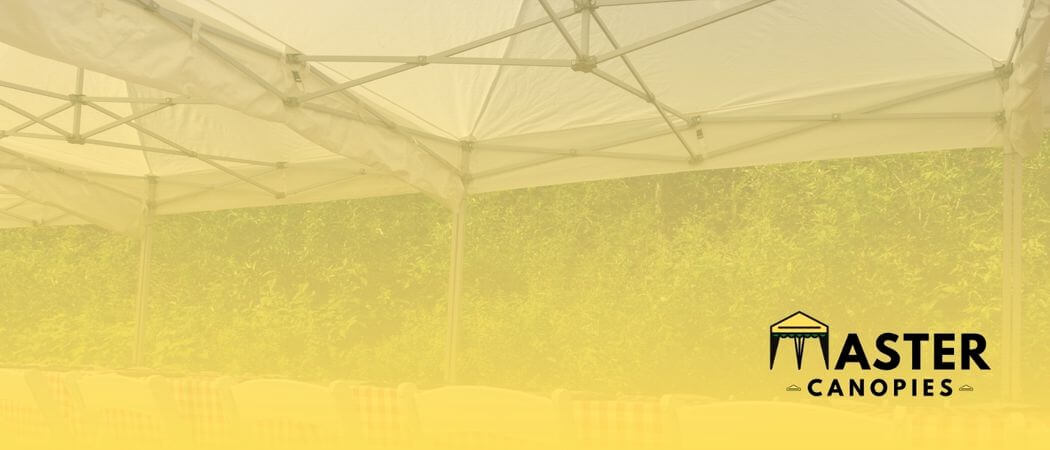
How to Start a Tent Rental Business (and have Success with It!) Published January 23rd, 2023 by Allen Campbell Do you have a knack for

Wolfwise Beach Tent Instructions: Easy Setup Guide Published January 23rd, 2023 by Allen Campbell Let’s face it, setting up a beach tent can be tricky…
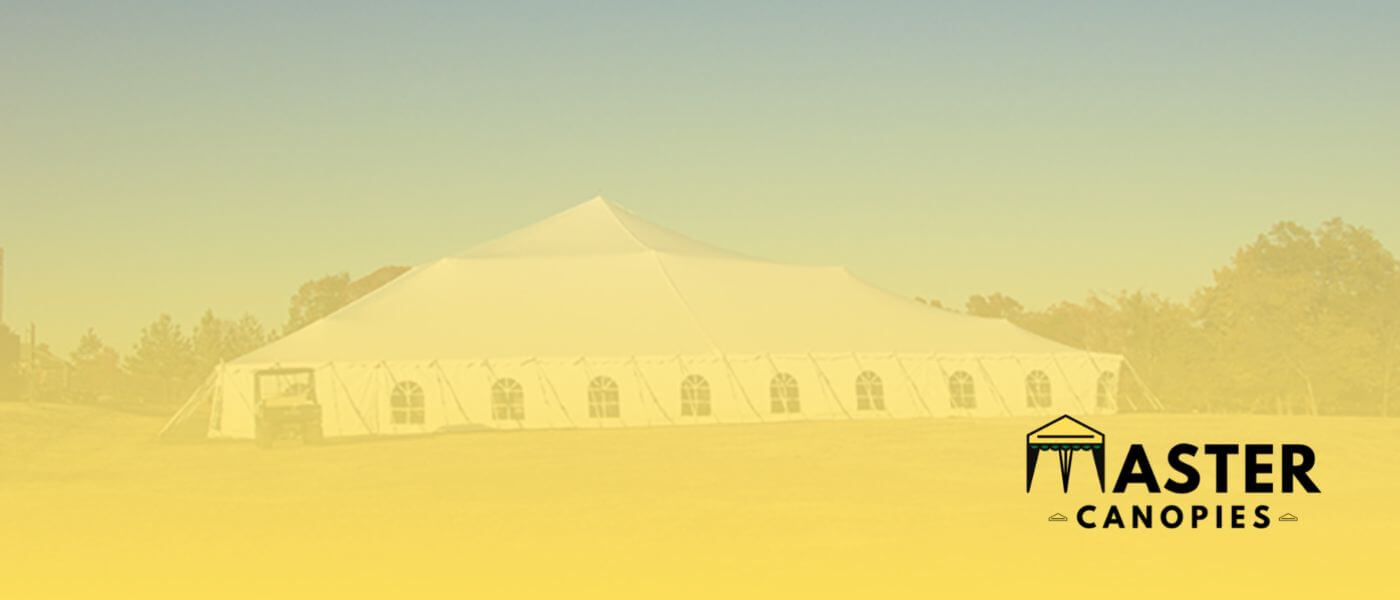
Best 100×100 Tents for Large Gatherings and Parties Published January 12th, 2023 by Allen Campbell Finding the right tent for your next event can be

Best Tent Rentals in Downers Grove, IL Published January 12th, 2023 by Allen Campbell Hoping to make a big impact in Downers Grove? Well, if

Master Canopies is here to bring you the best canopies for the outdoors so that you can enjoy the fresh air without the gleaming and burning light of the sun.

Master Canopies is here to bring you the best canopies for the outdoors so that you can enjoy the fresh air without the gleaming and burning light of the sun. As an Amazon Associate, we earn from qualifying purchases.